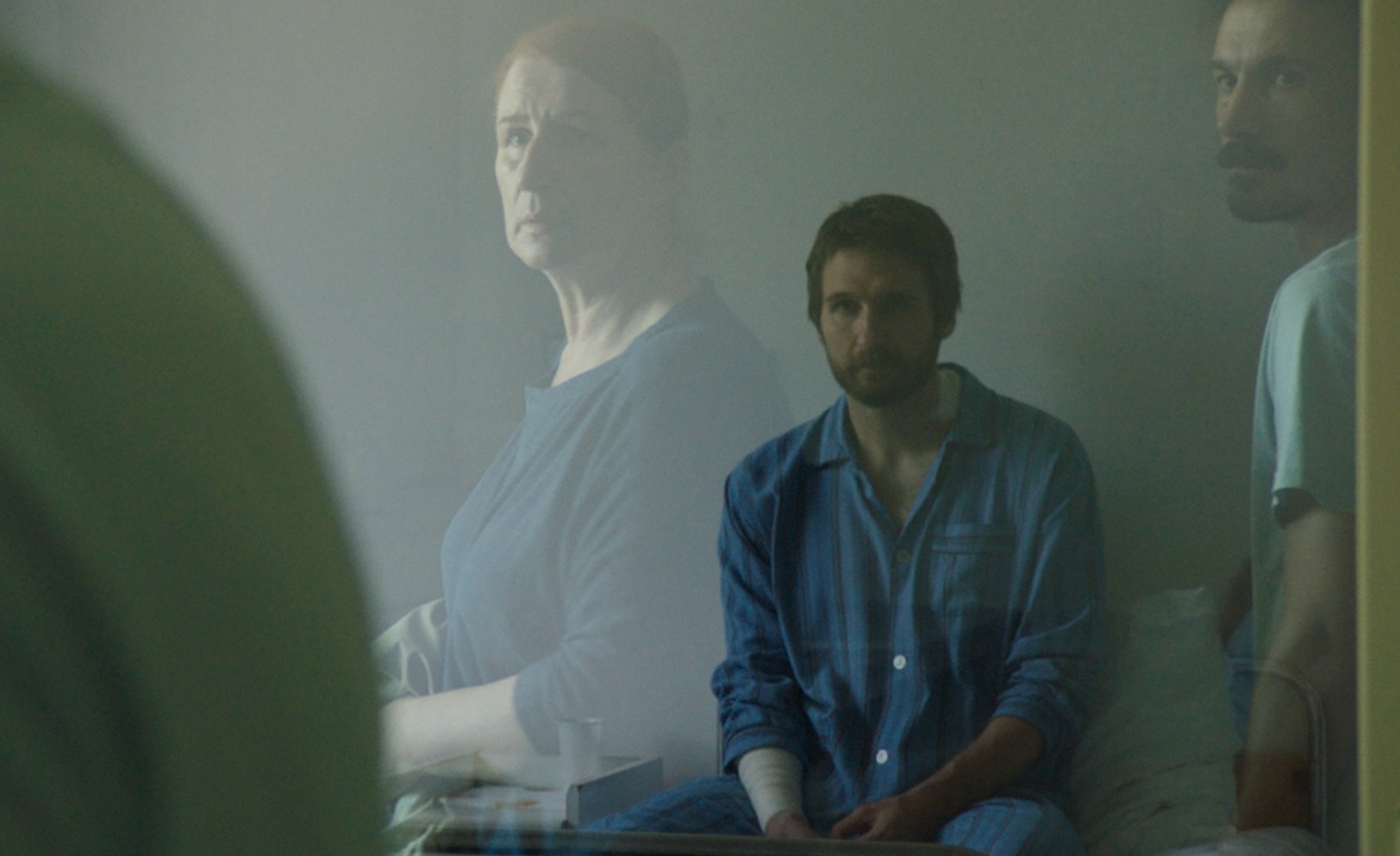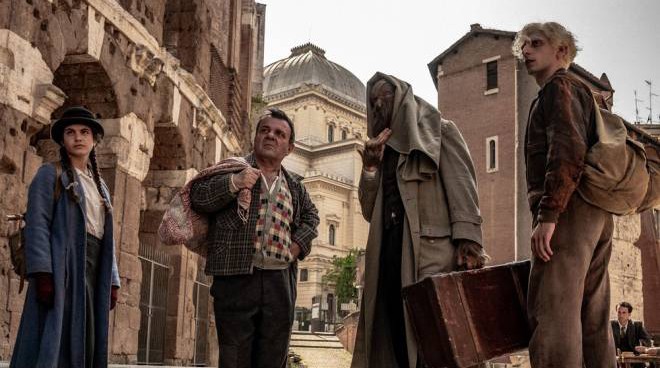Safe Place - A masterful debut
Nothing can be more misleading than Safe Place's incipit and premise, which leads to believe that it is an arbitrary film about a social issue. It is much more, it is a film that tests the limits of narrative cinema. When the film begins, we are presented with a narrative language that is common to east european cinema: static cinematography, with the least amount of artifices and a tendency to hyperrealism. Then, something happens, and it occurs seamlessly, in a way it can only happen in cinema. From that point, everything changes in the viewing experience, everything will be cloaked with a shadow of doubt, the suspensiom of disbelief is no longer suspended. A simple and effective trick that manages to change the very nature of a film that otherwise would be conventional.
If tampering with narration wasn't enough, Safe Place also works on the barriers between fiction and reality. Juraj Lerotić interprets the lead role, writes and directs a movie about a real life story - yet it's a fictional work, not meant to be a documentary, filtered through the cinematic lenses, which often leave much unseen. One of the greater themes of the film is exactly the impossibility to understand the subconscious, which is often suggested visually by the off-camera placement of certain actions. This is paired with the impossibility of expressing one's inner fears properly, a sense of claustrophobia that sparks from the framing of the film, which often uses doorways or windows to imprison its characters in visual closures.Next to being an outstanding work of narration annd fiction, it is also a film that features distinctly great performances. If Juraj Lerotić takes on the lead, Goran Marković interprets the supporting character of the film with an excellent mastery, conveying an unique sense of mystery and trauma.
Ultimately, Safe Place employs all the potential of filmic narration, and encompasses everything that the cinematic art should be.



Comments
Post a Comment